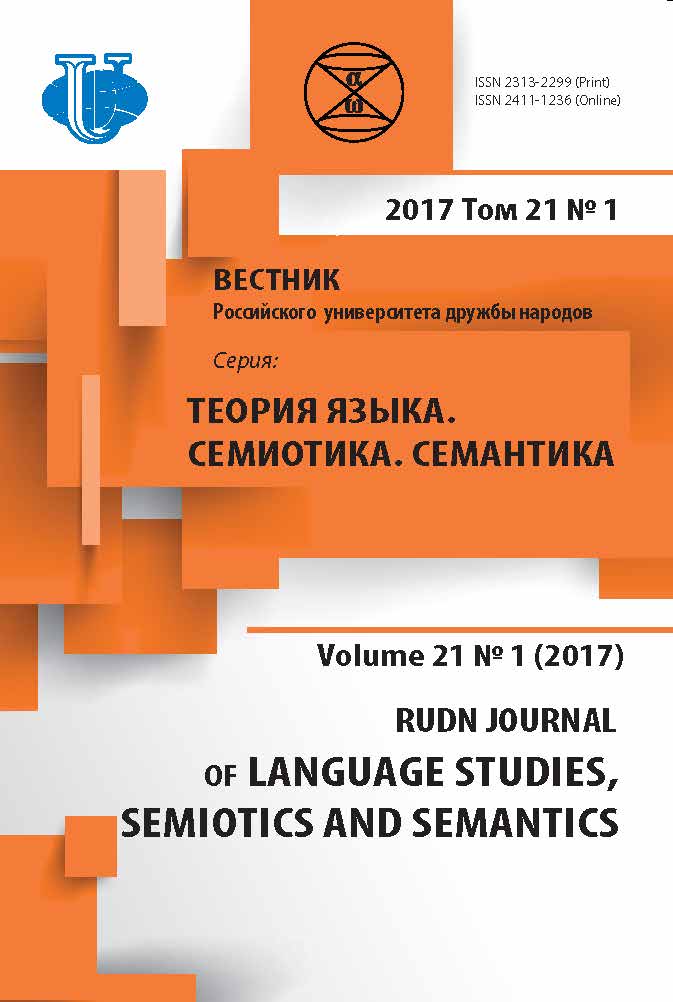Dynamics of the form for literary discourse and translation
- Authors: Novikova MG1
-
Affiliations:
- Russian State University of Justice
- Issue: Vol 8, No 1 (2017)
- Pages: 166-173
- Section: Articles
- URL: https://journals.rudn.ru/semiotics-semantics/article/view/15622
- DOI: https://doi.org/10.22363/2313-2299-2017-8-1-166-173
Cite item
Full Text
Abstract
The notions of “text form” and “discourse form” are differentiated in the article. The category of identity, which allows using one and the same term for both concepts, is defined as well. The discourse form is represented as a dynamic phenomenon, embodying features of stereotyped activity of consciousness in the process of understanding a literary work. This activity is divided into two interrelated groups: an iterative understanding model and perception of patterns for semantic dynamics of the plot. It is also proved that the dynamics of the form for literary discourse is the basis of translingual and intralinguistic interpretation, thus it is the basis for the translation process.
About the authors
M G Novikova
Russian State University of Justice
Email: Novikova_mg@mail.ru
Novocheremushkinskaya str., 69, Moscow, Russia, 117418
References













